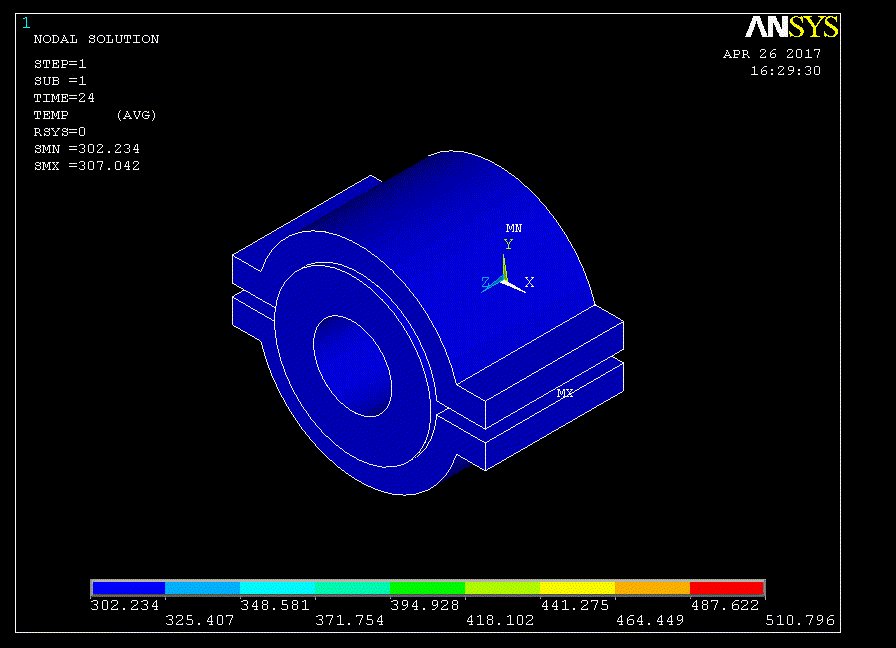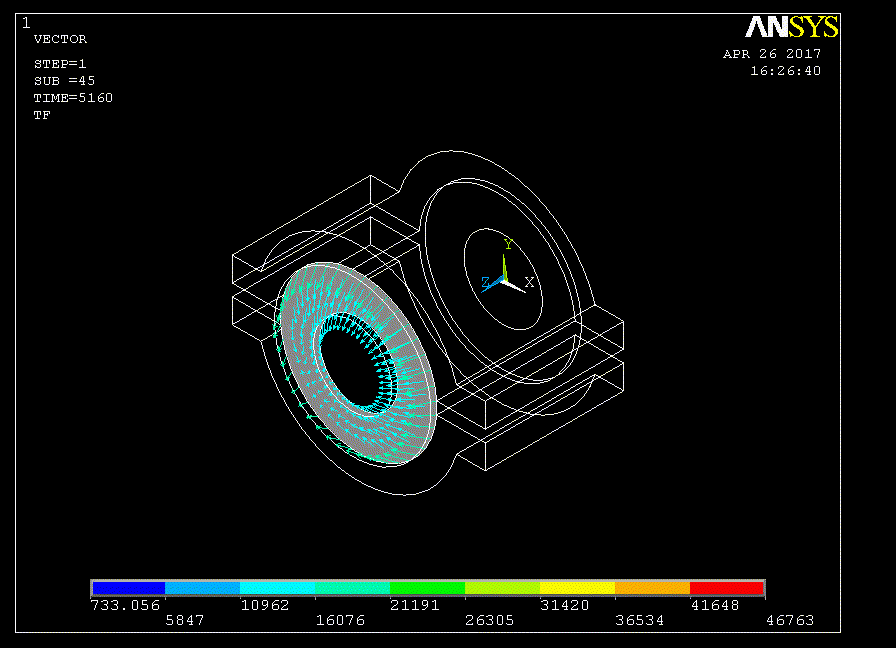Research Project
 Project Aim:
Project Aim:
The aim of this project is to develop a non-electric system for heating a polymer extruder based on heat transfer fluids. The concept was based on the elimination of the redundant steps of converting fossil fuels to electricity through a thermo-electric process, only to use the electricity for the purpose of inefficiently generating heat. Furthermore, the intent was to reduce temperature to manageable levels permitting the use of effective insulation without the risk of heater burnout.
Results:
 An experimental system was prototyped and implemented on a commercial grade extruder. Figure 1 shows the experimental boiler constructed and the heat transfer oil piping outside the building. Figure 2 shows the experimental heating elements with all of the interconnecting pipes. In both figures all insulation materials have been removed for easier viewing of components. On the experimental boiler a circulation pump has been integrated with a suitable inverter and electric motor rated at 1.4 KW as shown in Figure 3. Figure 4 shows the temperature measurement and control panel developed for the purposes of the project. It is capable of operating in conjunction with conventional electric elements as well as with oil heaters.
An experimental system was prototyped and implemented on a commercial grade extruder. Figure 1 shows the experimental boiler constructed and the heat transfer oil piping outside the building. Figure 2 shows the experimental heating elements with all of the interconnecting pipes. In both figures all insulation materials have been removed for easier viewing of components. On the experimental boiler a circulation pump has been integrated with a suitable inverter and electric motor rated at 1.4 KW as shown in Figure 3. Figure 4 shows the temperature measurement and control panel developed for the purposes of the project. It is capable of operating in conjunction with conventional electric elements as well as with oil heaters.
Additional Benefits of the Prototype System:
In addition to the fiscal benefits that constituted the purpose of this project, other benefits have been derived, such as:
1) Reduction of energy waste in the system’s standby mode,
2) Storage of the hot oil in an insulated reservoir at the end of a working session in order to preserve and reclaim useful thermal energy,
3) The ability to pre-heat the oil automatically for a quicker machine pre-heating at the beginning of a work session,
4) Reduction in raw material losses due to charring caused by excessive localized heating of electric elements,
5) Compatibility with solar thermal technologies with concentrated solar collectors,
6) Simplification of the extruder’s temperature profile through the arrangement of oil flow in a cross-flow heat exchanger arrangement.


Figure 1. LPG Boiler for Heat Transfer Oil (Insulation Removed for improved Viewing of Zones).




Figure 2. Copper Heater Elements and Interconnecting Piping Circuit.

Figure 3. Heat Transfer Fluid Circulation Pump.

Figure 4. Control Panel with 7 Measurement Zones, Capable of Implementation of Electric and Heat Transfer Fluid Elements.



